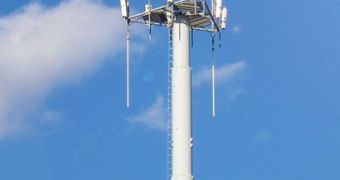One of the technologies that is said to have a great potential is E-EDGE, or the 'Evolved' improvement of the EDGE mobile network technology, which is currently used by a wide range of carriers all around the world. It seems that the E-EDGE technology has the power of generating around $3.7 billion in CAPEX when it comes to cellular base station upgrades in 2015, in case carriers and mobile phone makers start using it.
Evolved-EDGE is said to be spectrally-efficient, while also offering data features and being capable of delivering faster data speeds, even if there are no E-EDGE networks available these days. Moreover, no E-EDGE-enabled mobile phone is known officially to exist at the moment, which puts the future of the technology under a big question mark.
Xavier Ortiz, ABI Research analyst, says that E-EDGE faces a classic problem: “Handset vendors don't want to make E-EDGE phones unless there's a market guaranteed by E-EDGE networks. And operators won't upgrade their EDGE networks unless they are confident handsets will be available.” However, he also notes that RIM is one of the makers that seems determined to adopt the technology.
The Canadian mobile phone vendor is said to be an active sustainer of the E-EDGE technology, as it considers it capable of providing mobile broadband to rural and suburban areas that see poor 3G or 4G coverage. According to RIM, the speed and efficiency E-EDGE can offer are expected to turn into a great user experience, while the network capacity won't be saturated.
However, E-EDGE is facing other issues too. 3G networks are already available in most industrialized nations around the world, while 4G is expected to soon enter the scene. However, there are also a great deal of regions around the world that do not enjoy broadband coverage, including China and India, and their decisions might influence greatly the future of E-EDGE. Especially since their GPRS/GSM network infrastructures, being relatively new, only need software updates to move to the technology.

 14 DAY TRIAL //
14 DAY TRIAL //